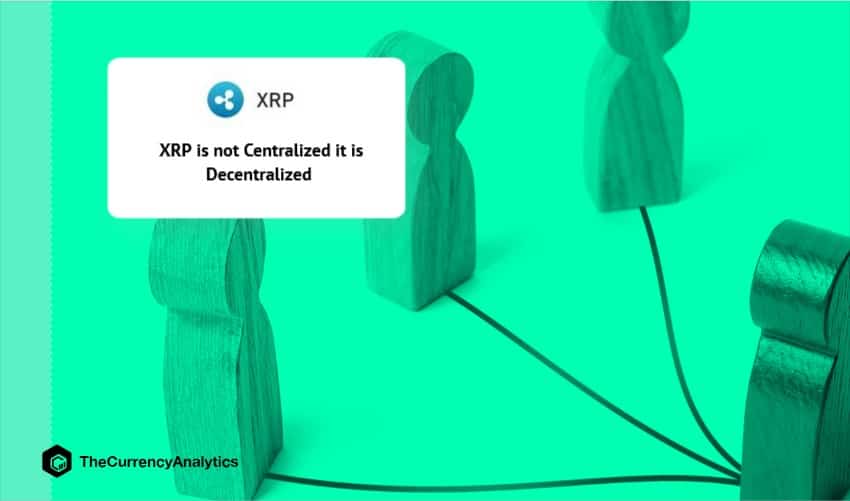
Ripple insights recently published a blog post which tried to differentiate between facts & fiction, thus debunking XRP Ledger Misconceptions.
Way back in 2017, Brad Garlinghouse clarified, Ripple is not centralized. To be clear, if Ripple disappeared today XRP would continue to function. To me that’s the most important measure of whether something is decentralized. They made their decentralization strategy very clear in 2017. The decentralization process started off with the inception of the XRP Ledger and it has been continuing ever since.
In a centralized blockchain, a single authority does the act of governing the entire network, further controls validation, controls updates to the ledger, and creates a single point of failure (which theoretically leaves the entire network vulnerable to an attack).
The XRPL has been delivering powerful utility to its developers on a public, decentralized blockchain. The validation occurs through a consensus process where the independent nodes are managed by a wide range of participants and not by a singular controlling entity.
The amendments to the XRPL is proposed by any participant in the ecosystem and it requires 80% quorum approval for two consecutive weeks by the validator community. The sooner the transactions are confirmed it cannot be reversed nor altered.
Ripple is one of the contributor to the network; however, only one contributor among many. Reportedly, “As of writing, Ripple run around 5% of the approximately 900 nodes on the XRP Ledger, and six of the approximately 150 validator nodes. Ripple follows the same protocols and its rights are the same as those of any other contributor.”
No single authority will be able to add XRP to the ledger. Thus, the myth that a single authority can make unilateral changes to the fundamental, underlying code, leaving the ledger open to hackers who will be able to create new XRP is a myth.
When a malicious actor tries to add unauthorized XRP to the ledger, the Consensus protocol ensures that no single authority will be able to execute this.
There have been more than 66 million ledgers successfully closed since the XRP Ledger has been first conceived with 100 billion XRP that has been created at the inception of the Ledger, and no additional XRP has ever been added into the system.
Transaction fees are applied on the XRP Ledger just like any other public blockchain. However, they are very low when compared to other block chains.
Ripple insights clarifies stating, unlike other blockchains, however, the fee is neither returned to a central authority or paid as a reward to validators or any other party. It is, in fact, irreversibly destroyed. Because fees rise in-step with the load on the network, this protects the network from spam, malicious behavior and DDoS attacks.
The XRP transactions are settled instantaneously in 3 to 5 seconds.




Get the latest Crypto & Blockchain News in your inbox.